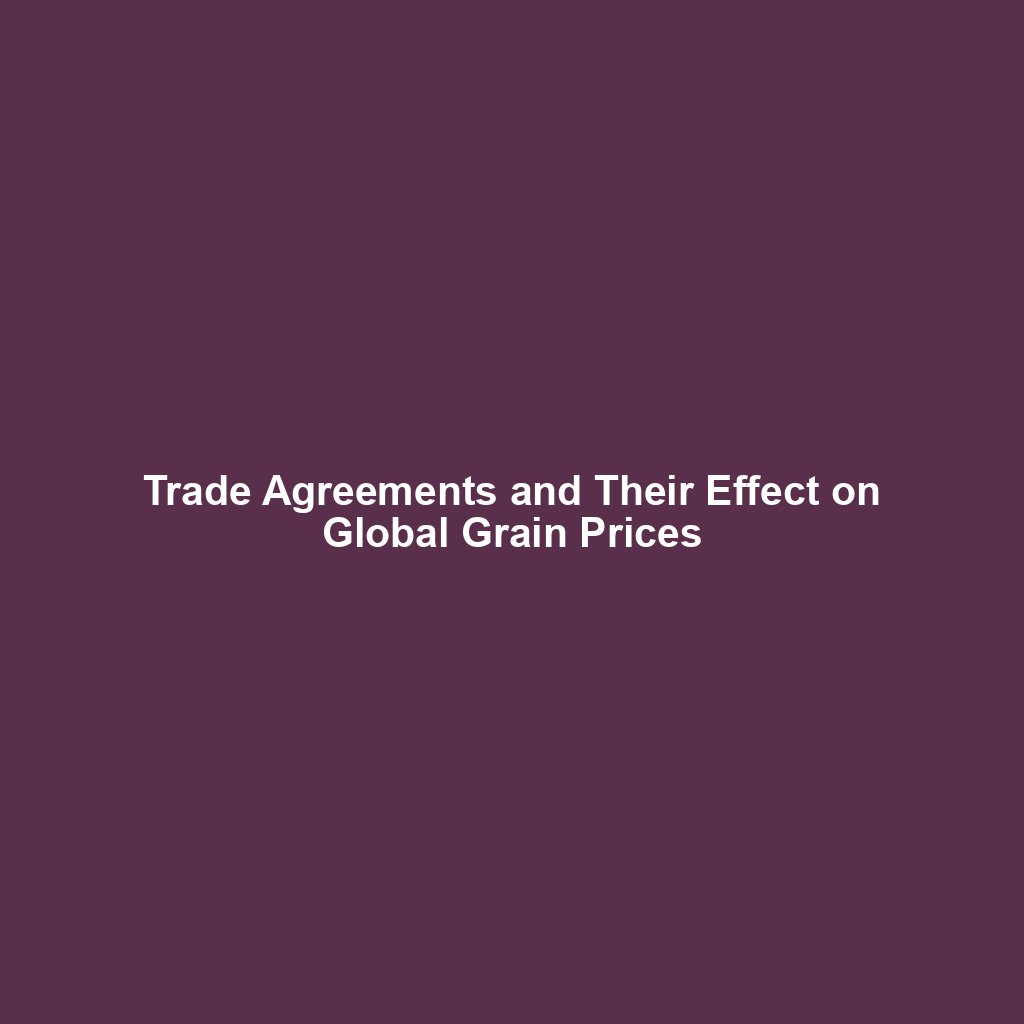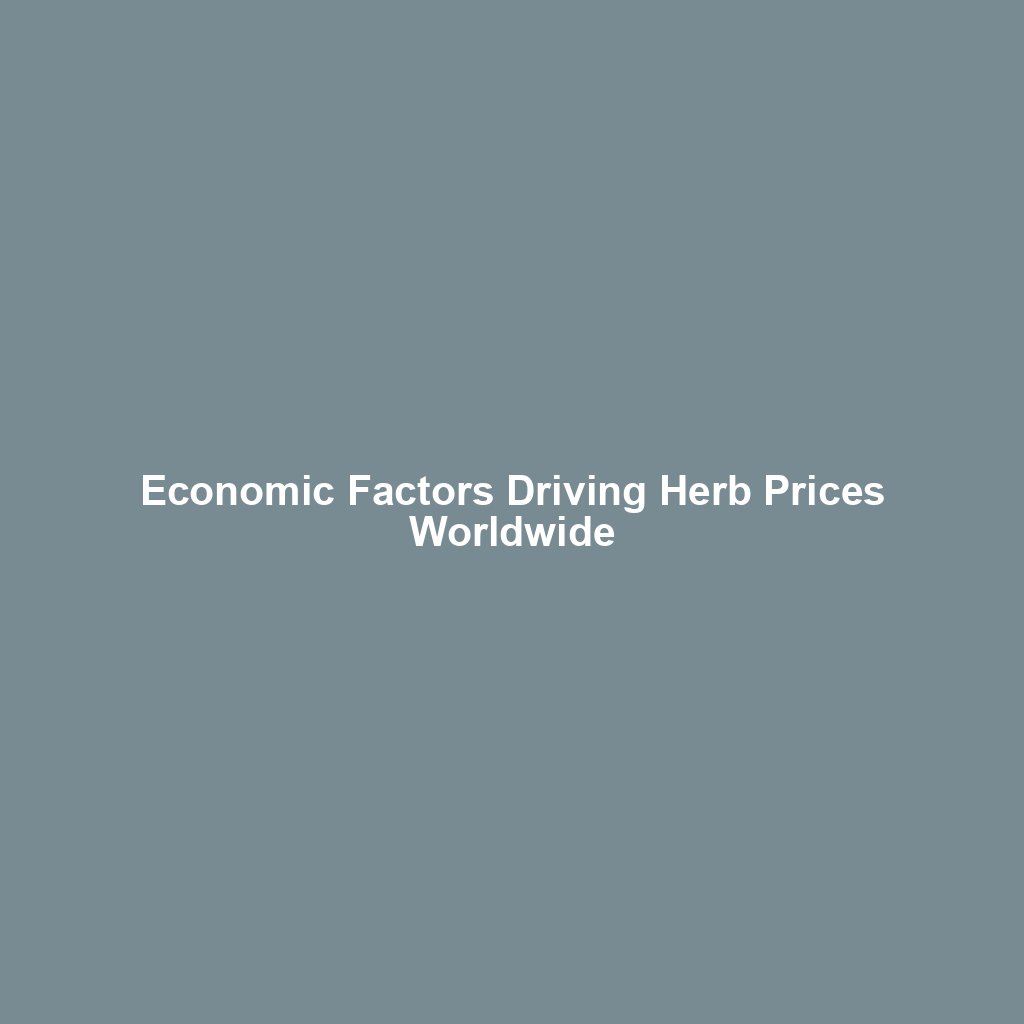
Agriculture and agricultural price analysis are critical components of the global economy, influencing food security, trade policies, and economic stability. Understanding the dynamics of agricultural markets and the factors that affect prices is essential for policymakers, farmers, traders, and consumers. This article delves into the intricacies of agriculture and agricultural price analysis, exploring the various elements that shape this vital sector.
The Importance of Agriculture in the Global Economy
Agriculture is the backbone of many economies, providing food, raw materials, and employment to millions of people worldwide. It plays a crucial role in sustaining livelihoods, especially in developing countries where a significant portion of the population depends on farming for their income. The agricultural sector is also a major contributor to GDP in many nations, making it a key driver of economic growth.
Food Security and Nutrition
One of the primary functions of agriculture is to ensure food security and nutrition. A stable and productive agricultural sector can provide a consistent supply of food, reducing the risk of hunger and malnutrition. This is particularly important in regions prone to food shortages and where access to nutritious food is limited. By increasing agricultural productivity and efficiency, countries can improve their food security and enhance the overall health and well-being of their populations.
Employment and Livelihoods
Agriculture is a significant source of employment, especially in rural areas. It provides jobs for millions of people, from smallholder farmers to laborers working on large commercial farms. In many developing countries, agriculture is the primary source of income for rural households, making it a vital component of poverty alleviation and rural development. By investing in agricultural development, countries can create more job opportunities and improve the livelihoods of their citizens.
Economic Growth and Development
The agricultural sector is a major contributor to economic growth and development. It provides raw materials for various industries, including food processing, textiles, and biofuels. By increasing agricultural productivity and efficiency, countries can boost their economic output and create new opportunities for trade and investment. Additionally, a thriving agricultural sector can stimulate growth in other areas of the economy, such as transportation, manufacturing, and services.
Factors Influencing Agricultural Prices
Agricultural prices are influenced by a wide range of factors, including supply and demand dynamics, weather conditions, government policies, and global market trends. Understanding these factors is essential for effective agricultural price analysis and for making informed decisions in the agricultural sector.
Supply and Demand Dynamics
The basic principles of supply and demand play a crucial role in determining agricultural prices. When the supply of a particular crop or commodity exceeds demand, prices tend to fall. Conversely, when demand outstrips supply, prices rise. Various factors can affect supply and demand, including changes in consumer preferences, population growth, and shifts in production practices.
Weather and Climate Conditions
Weather and climate conditions have a significant impact on agricultural production and prices. Extreme weather events, such as droughts, floods, and storms, can disrupt crop yields and reduce the supply of agricultural products. Climate change is also a growing concern, as it can lead to more frequent and severe weather events, affecting agricultural productivity and stability. By monitoring weather patterns and implementing climate-resilient farming practices, farmers can mitigate the impact of adverse weather conditions on their crops and prices.
Government Policies and Regulations
Government policies and regulations can have a profound effect on agricultural prices. Subsidies, tariffs, and trade restrictions can influence the cost of production and the availability of agricultural products in the market. For example, subsidies for certain crops can encourage overproduction, leading to lower prices. On the other hand, trade restrictions can limit the supply of imported goods, driving up prices. Understanding the impact of government policies on agricultural markets is essential for effective price analysis and for making informed decisions in the agricultural sector.
Global Market Trends
Global market trends, such as changes in international trade patterns and fluctuations in currency exchange rates, can also affect agricultural prices. For example, an increase in global demand for a particular crop can drive up prices, while a decrease in demand can lead to lower prices. Additionally, changes in currency exchange rates can affect the competitiveness of agricultural products in the global market, influencing prices and trade flows. By staying informed about global market trends, farmers and traders can make better decisions and adapt to changing market conditions.
Methods of Agricultural Price Analysis
Effective agricultural price analysis requires a combination of quantitative and qualitative methods to understand the various factors influencing prices and to make accurate predictions. Some of the key methods used in agricultural price analysis include statistical analysis, econometric modeling, and market research.
Statistical Analysis
Statistical analysis involves the use of mathematical techniques to analyze historical price data and identify trends and patterns. By examining past price movements, analysts can gain insights into the factors that have influenced prices and make predictions about future price trends. Common statistical methods used in agricultural price analysis include time series analysis, regression analysis, and correlation analysis.
Econometric Modeling
Econometric modeling involves the use of mathematical models to analyze the relationships between different economic variables and to make predictions about future price movements. These models can incorporate a wide range of factors, including supply and demand dynamics, weather conditions, government policies, and global market trends. By using econometric models, analysts can gain a deeper understanding of the complex interactions between different factors and make more accurate predictions about agricultural prices.
Market Research
Market research involves the collection and analysis of data on market conditions, consumer preferences, and industry trends. This can include surveys, interviews, and focus groups with farmers, traders, and consumers, as well as the analysis of market reports and industry publications. By gathering and analyzing market data, analysts can gain insights into the factors influencing agricultural prices and make informed decisions about production, marketing, and trade strategies.
Challenges in Agricultural Price Analysis
Despite the importance of agricultural price analysis, there are several challenges that analysts face in accurately predicting and understanding price movements. These challenges include data limitations, market volatility, and the complexity of agricultural markets.
Data Limitations
One of the main challenges in agricultural price analysis is the availability and quality of data. In many regions, especially in developing countries, there is a lack of reliable and timely data on agricultural production, prices, and market conditions. This can make it difficult to conduct accurate analysis and make informed decisions. Additionally, the complexity of agricultural markets means that there are many factors influencing prices, and it can be challenging to collect and analyze data on all of these factors.
Market Volatility
Agricultural markets are often characterized by high levels of volatility, with prices subject to sudden and unpredictable changes. This can be due to a wide range of factors, including weather conditions, disease outbreaks, and changes in government policies. Market volatility can make it difficult to predict future price movements and to develop effective strategies for managing price risks. By using advanced analytical techniques and staying informed about market conditions, analysts can better navigate the challenges of market volatility and make more accurate predictions.
Complexity of Agricultural Markets
Agricultural markets are complex and influenced by a wide range of factors, including biological, economic, and social factors. This complexity can make it difficult to understand the interactions between different factors and to accurately predict price movements. Additionally, the global nature of agricultural markets means that prices can be influenced by events and conditions in other parts of the world. By using a combination of quantitative and qualitative methods and by staying informed about global market trends, analysts can better understand the complexity of agricultural markets and make more accurate predictions.
Conclusion
Agriculture and agricultural price analysis are critical components of the global economy, influencing food security, trade policies, and economic stability. Understanding the dynamics of agricultural markets and the factors that affect prices is essential for policymakers, farmers, traders, and consumers. By using a combination of quantitative and qualitative methods, analysts can gain insights into the factors influencing agricultural prices and make informed decisions about production, marketing, and trade strategies. Despite the challenges of data limitations, market volatility, and the complexity of agricultural markets, effective agricultural price analysis can help to ensure a stable and productive agricultural sector, contributing to economic growth and development.



